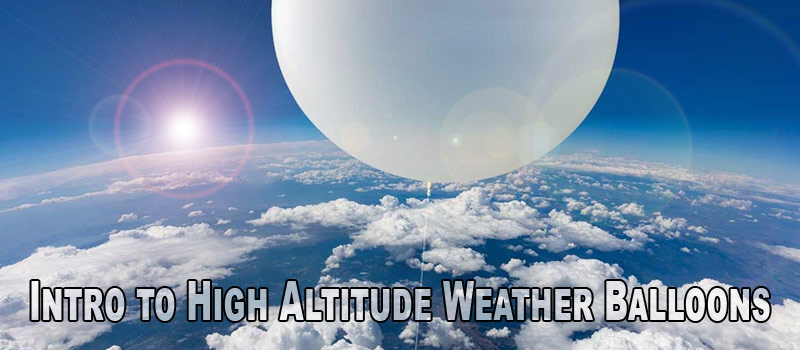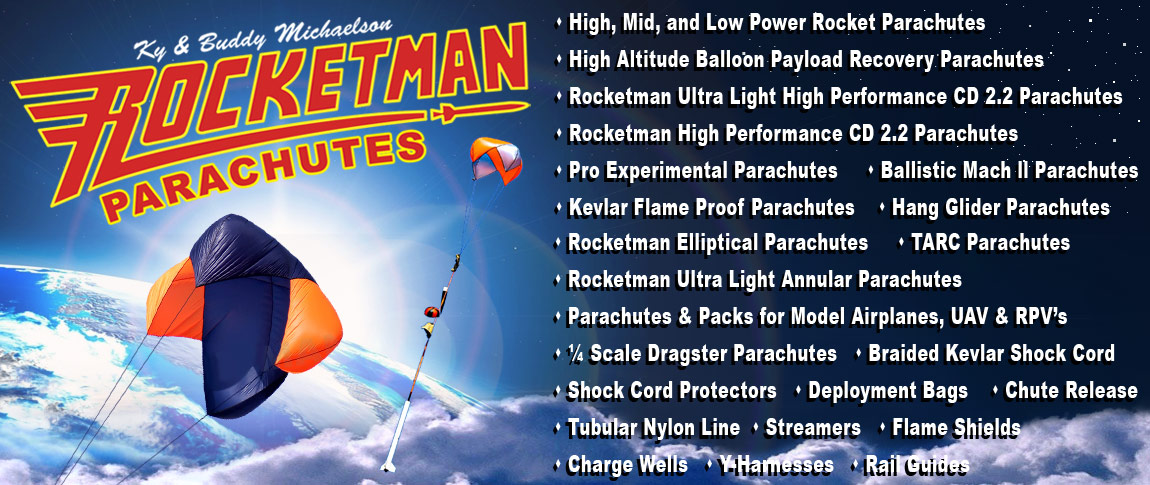
Welcome to Rocketman High Altitude Weather Balloon Systems! Over the years, our products have been used on thousands of weather balloons around the globe. We would love to help with any questions you may have to have a successful flight to the stratosphere! Weather balloons are fantastic to learn about science by sending your experiments to the edge of space and capturing the curvature of the earth and the darkness of space. Typical weather balloons ascend between 60,000-110,000ft which takes 2.5 hours for the entire flight. As the balloon goes up, it expands to nearly 4x its diameter because of the atmospheric pressure being much lower than on earth. At that point, the balloon will pop, typically 90-120 minutes after launch. From there, the chute will open and start slowing your payload boxes and flight equipment to a soft landing using Rocketman Parachutes. Weather Balloons are a great way to explore space for hands-on projects, collect data, and learn about the harsh environments of space. Our systems have been popular for Universities, K-12 School Districts, Government Agencies, Science Camps, Colleges, and YouTubers.

On each flight, there are a ton of variables that will change the performance of your flight, including wind speeds, time of year, the weight of the payload, size of the balloon, and amount of helium. Summertime is best to launch a High-Altitude Balloon. With the upper jet streams being much lower, recovery of your balloon will be much faster and closer to your launching spot. It might sound like there is a lot to consider here—and there is! But do not worry; Rocketman HAB Systems always work closely with new customers to help them navigate this tricky part of the mission plan. From designing a payload to launching your science payload to recovery, we will always be available for any questions you may have for a successful flight to the edge of space.
When it comes to launching a weather balloon, it is imperative to plug everything into our Balloon Performance Calculator to see where it predicts your balloon will land. This calculator is developed by our friends at StratoStar Technologies and is highly accurate. Summertime is always best to launch from on a day that is warmer than 50 degrees Fahrenheit. This temperature will decrease the chance of your balloon going into a fierce jet stream and therefore landing much farther away. Winds under five mph are also critical, which using our app on the Stratocast website, check for trees, lakes, and big cities to make sure you will not be landing in a spot where you won’t be able to retrieve your scientific experiment. If it lands in a bad place, you could either change your launch day/time or launch from a different area. You will always want to ensure that our balloon ascends faster than five m/s and has an accent time between 90-120 minutes. The Balloon Performance Calculator can be found here: Stratocast – Online HAB Flight Forecast (stratocast-mvp.herokuapp.com) Launching a weather balloon to the edge of space is something that anyone can do successfully, by following Rocketman’s Tutorials!




